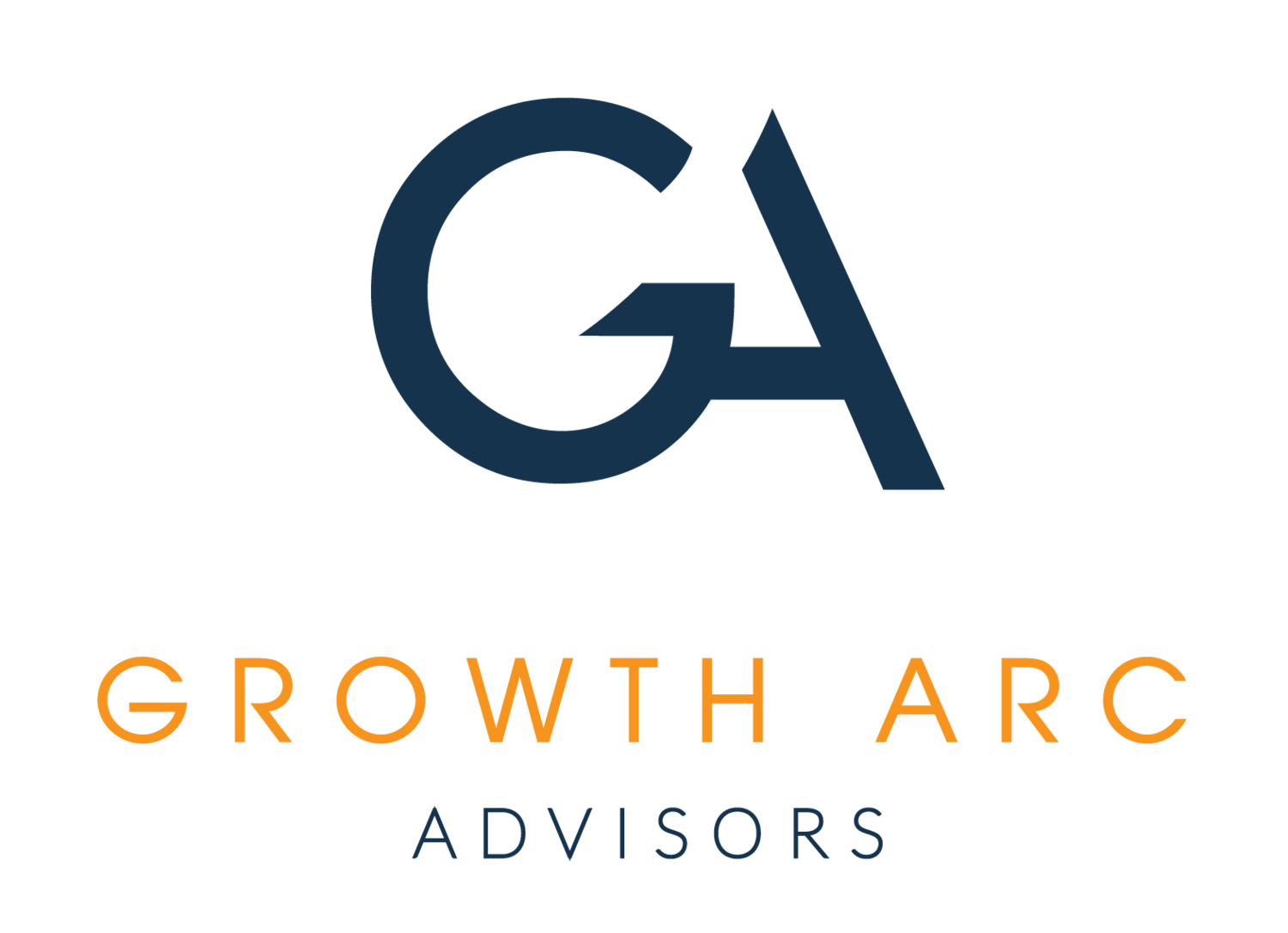What Goes Wrong in Change Initiatives
How to reliably build organizational capability -
The Problem
Executives are frequently tasked to improve the capabilities of their organization. Yet research suggests that often these initiatives fail to generate the anticipated improvements. Consider these examples:
- A new CRM is rolled out to the sales team to improve productivity, yet a year after implementation, data entry consistency is low, the team is cynical about the tools, and just the bare minimum data input requirements are met.
- A new stage-gate process is rolled out to a business, yet after a year, launch rates have not improved, late-stage failures continue, and functional executive leadership has a high level of disagreement about which projects needs to be killed and where new ideation should focus.
The reality is, organizational change is hard. As executives, we likely have all had experiences where our own initiatives have not met our expectations. I certainly have. And we see fellow execs often achieve similar results. It’s easy to be tempted to lower our expectations about “what’s really possible.”
Yet business results are often on the other side of capability investments.
The Blind Spot
We’ve all seen these types of failures, and we know they’re far more common than we’d prefer. So what’s really going on here?
Sometimes, an issue has been mis-diagnosed and the wrong initiative is prescribed. But that’s not what we’re discussing. Systems are important, Process is important - yet it seems only to an extent. These things matter and improving them is often necessary.
Executives we work with commonly either a) place too much emphasis on a single factor such as the org chart or b) place too little emphasis on the interdependencies with other factors. Both of these can be helped by a more nuanced view of organizational capability, and what it consists of.
Organizational capability can be viewed as a series of interconnected factors. These include (with examples given for innovation stage-gate) :
- Processes & Activities - ex: innovation stage-gate process steps
- Organizational structures - ex: innovation project teams and staffing
- Governance mechanisms - ex: review meetings, portfolio analysis
- Roles & individual skills - ex: project team roles, and the skill level of people occupying them
- Institutional assets/systems - ex: market research, portfolio, and IP management databases
...operating together to generate...
- Desired Performance Outcomes - ex: rate and value of launched products, and stage advancement
When viewed as an interdependent factors, there are some immediate implications for any capability building effort:
First, changing any part of the capability will necessarily require changes to other parts. This implies that any change effort should be more holistic in its focus. At a minimum interdependencies must be addressed.
Second, changing one factor without changing any others has much higher chance of failure. This is because the other factors, operating on old manners tend to “pull” changes back to previous habits. Consider training that doesn’t result in behavior change. New skills usually imply changes to systems, and governance, and without those the skills cannot take hold.
Actioning the Insight
We see changes in 3 key actions that can be made immediately using this framework.
1. Assess your current capability
To be able to redesign capabilities, we have to start with what the current state is. The combinations of capability configurations that obtain workable outcomes can be infinite, and so every new context must be understood.
This framework provides a method for new executives to gather data about their current capabilities and assess their state (it’s what we use as consultants (see case) with unfamiliar organizations, and it’s what we teach execs in our coaching programs). Done well in advance, it provides invaluable information when designing new initiatives.
2. Design new capability holistically
Rather than conceiving of changes as centered on a single factor (e.g. “we’re implementing a new CRM”), they should be thought of as “capability initiatives” and designed as such, taking in to account the various factors that make up a capability. (e.g. “we’re changing the way we manage sales opportunities to improve our win rate” rather than "we're installing a new CRM") It also implies more time up front to consider the impacts of changes.
It’s only when this holistic design work is done, that initiatives have far greater chance of success.
3. Phase capability changes for ROI and momentum
A holistic approach by necessity requires a broader focus for initiatives. Unmanaged, this can sometimes result in large expansive initiatives that are complex, and of long duration - a common frustration for action-oriented leadership. We find that phasing initiatives to reduce complexity becomes critical. If each phase is designed carefully for short term impact, the return from the first phase builds momentum to continue. Designing a long-term vision or ‘roadmap’ for how future states are to be achieved, and the impact each phase brings can be useful tool for maintaining long-term focus, yet being responsive to current state.
When platform changes occur (such as a new IT system like a CRM) it’s advisable to implement a transition by focusing on one of the platforms functionalities (e.g. contact management vs. opportunities, digital marketing, etc.) and leaving the multiple possible capabilities a platform brings to subsequent phases.
Smaller, well-designed initiatives, each with a higher chance of success, position the executive in charge as capable of guiding long-term strategic change while staying focused on near-term results.
Until next week,
Kendall -

Find me on LinkedIn or Book a 1:1 call
Not a subscriber yet? Subscribe here


